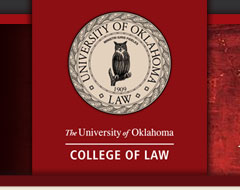Abstract
This article is a case study of United States v. Hatahley using the methodology of "legal archaeology" to reconstruct the historical, social, and economic context of the litigation. In 1953, a group of individual Navajos brought suit under the Federal Tort Claims Act for the destruction of over one hundred horses and burros. The first section of the article presents two contrasting narratives for the case. The first relates what we know about the case from the reported opinions, while the second locates the litigated case within the larger social context by examining the parties, the history of incidents culminating in the destruction of the Navajo horses, and the litigation that preceded Hatahley. The remainder of the article examines the role of racial conflict in various aspects of the case. Part II looks at the problem of cross-cultural damages and how the courts grappled with assigning money damages where the plaintiffs live in a non-market-based society. Part III examines the intersection of race and power, particularly the paradoxical role of law in both maintaining and challenging racial hierarchies. Part IV examines the question of judicial bias from a unique perspective. The case ultimately was assigned to another judge due to the trial judge's alleged partiality in favor of the Navajos. The section explores whether the lack of prejudice, when contrasted with a background societal prejudice, could be read as partiality. The epilogue points out how this question has a modem application.
Recommended Citation
Debora L. Threedy,
United States v. Hatahley: A Legal Archaeology Case Study in Law and Racial Conflict,
34
Am. Indian L. Rev.
(2009),
https://digitalcommons.law.ou.edu/ailr/vol34/iss1/1
Included in
Civil Procedure Commons, Indigenous Studies Commons, Land Use Law Commons, Law and Race Commons, Legal History Commons, Social History Commons, United States History Commons
